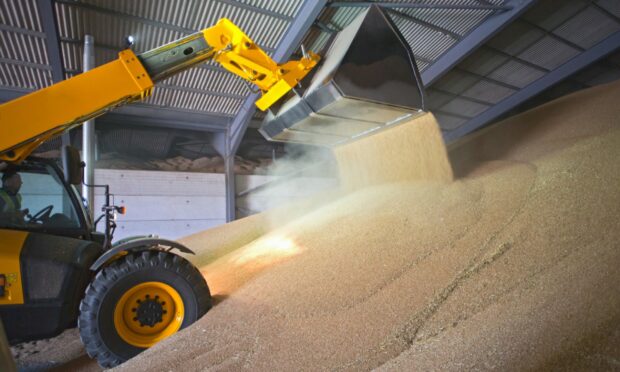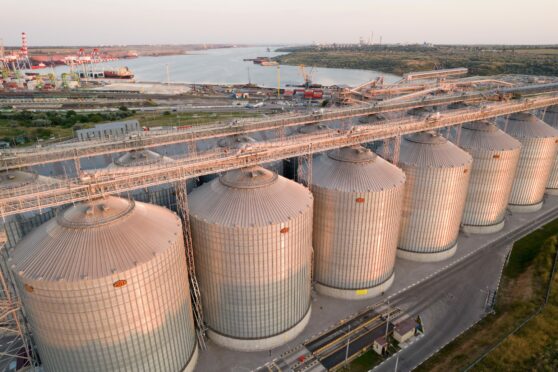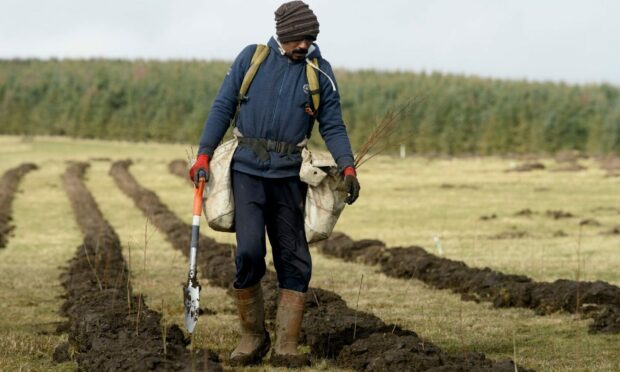Ukraine’s fertile plains were under deep snow the winter I went to interview Scottish farmers seeking their fortunes following the fall of the Soviet Union.
In 1996 the opportunities in Eastern Europe seemed infinite, and the farmers and agronomists from Fife and the Mearns were both entrepreneurs and philanthropists, sharing their knowledge in the expectation profits would one day be harvested from Europe’s renowned breadbasket.
We toured the vast frozen fields around Kyiv and passed the remnants of collective farm buildings where hundreds of farmworkers were huddling from the cold, still unsure how to make the most of their land without state deliveries of inputs or annual decrees on sowing and harvesting schedules.
The man I was shadowing was negotiating new markets for Scottish seed tatties, a mission that was ultimately successful, while other Scots went on to lead agricultural consortiums that have grown to be some of the biggest arable farming enterprises in the world, contributing to Ukraine’s now-familiar production statistics.
Around 12% of the global wheat crop is produced there, 16% of corn, 18% of barley and around 75% of corn and wheat crops are exported. Russia and Ukraine combined also produce 15% of the world’s vegetable oils.
And while we despair at the horror of the Russian invasion, the displacement of people and the loss of life, we also selfishly worry about the impact of the war on our own lives and businesses.
The value of wheat has soared in the last few days – even before unconfirmed pictures of stricken grain silos appeared on social media – and there are serious concerns, too, over hikes in the cost and availability of fertiliser at a time when prices are already at record levels and Russia controls so much of the international market.
It’s a given that rising gas, oil and wheat prices will mean higher food prices here. But in African nations and the Middle East, where most of Ukraine’s grain exports are destined, food security is at risk, and hunger has serious consequences.
The last time Russia and Ukraine closed their borders to wheat exports, global prices doubled, and hunger in Egypt – the biggest importer of wheat at the time – led to the Arab Spring revolution.
The Ukrainian tragedy is also a wakeup call much closer to home.
Brexit, complacency and the climate emergency have blinded politicians and policy-makers to the fundamental need for domestic production and food security, as attention turned instead to international trade deals, rewilding and tree
planting.
So we are watching farms being hoovered up by multinational companies in greenwashing exercises that result in fields being torn up and lost forever under trees, and trade deals signed that undermine the viability of home production.
This crisis should be enough to stop some of that lunacy in its tracks.


